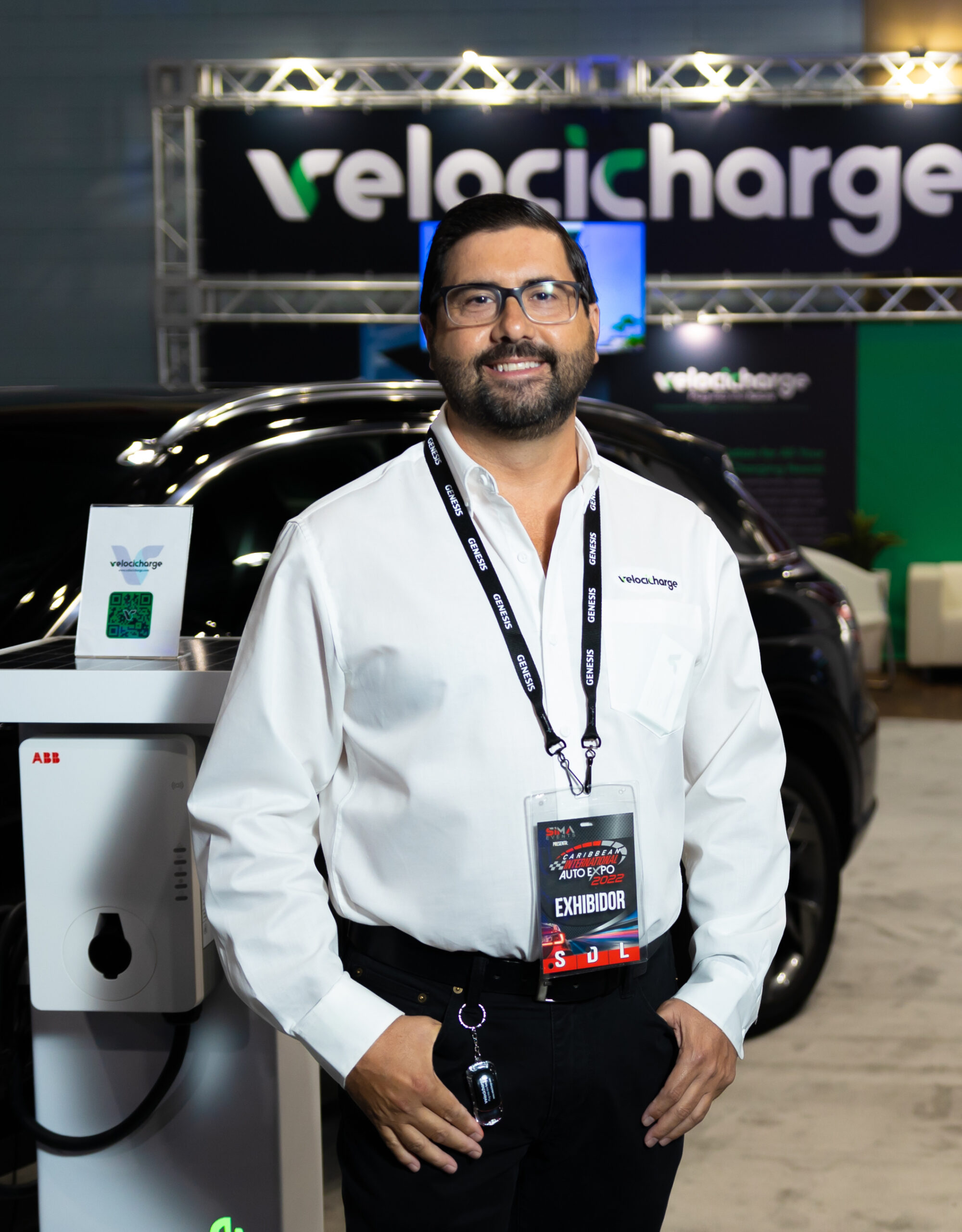Charging a Hybrid Car is not what you think
The Challenges of Plug-in Hybrids for the EV Revolution: Insights from a Charge Point Operator
In my two-year journey as the owner of Velocicharge, a Charge Point Operator (CPO) business in Puerto Rico, I’ve gained valuable insights into the electric vehicle (EV) revolution. Contrary to expectations, plug-in hybrid vehicles, even those with fast-charging capabilities, seem to pose challenges rather than benefits for the transition to a zero-emission future. My concerns center around the impact on the profitability and efficiency of fast-charging networks, crucial for sustaining the long-term success of EVs.
Charging Speed Architecture
The central challenge lies in the inherent incompatibility of most plug-in hybrid vehicles (PHEVs) with Direct Current (DC) fast chargers. Essentially, PHEVs are not designed to utilize DC fast-charging networks, and the increasing adoption of such vehicles hampers the progression of fast charging infrastructure. While certain exceptions, like the Mitsubishi Outlander and the Mercedes Benz GLE 450e, exist, they bring their own complications into the mix. The Outlander relies on the outdated CHADEMO plug standard, and the GLE 450e, despite being equipped with the CCS standard, falls short in charging speed compared to fully electric vehicles.
Adding to the predicament, the relatively modest battery capacities of these plug-in hybrids, ranging from 13.8 to 23.3 kWh, contribute to prolonged charging durations. Slow speeds as 1.3KW in certain models.
This significantly impacts the profitability of charging stations, as the extended occupancy of charging spaces by PHEVs results in diminished revenue. Furthermore, the charging rates of these PHEVs, even when connected to fast chargers, do not exceed 60 kW. This limitation becomes particularly problematic when faster chargers are available, leading to PHEVs monopolizing these high-speed charging stations, and inconveniencing other users seeking efficient charging solutions. This, in turn, not only exacerbates wait times but also undermines the accessibility and effectiveness of the fast-charging infrastructure for all users.
A closer examination of accomplished electric vehicle manufacturers, like Tesla, highlights a deliberate commitment to forgo plug-in hybrid technology. Tesla’s success is intricately linked to its exclusive reliance on the supercharging network for its fully electric vehicle lineup. The absence of plug-in hybrids in Tesla’s product range signifies a strategic decision aimed at preserving the efficiency and profitability of its supercharging network.
NACS with plug-in Hybrid?
However, it’s worth noting that challenges may arise when Tesla decides to open its supercharging network to all brands, potentially including plug-in hybrid vehicles (PHEVs). This transition could introduce complexities that Tesla has carefully navigated thus far, emphasizing the ongoing importance of managing network dynamics and ensuring optimal performance for all users. This underscores a fundamental business principle – profitability is essential for the sustenance and growth of any enterprise, including EV charging networks.
Critics may argue that plug-in hybrids represent a necessary transitional technology, combining the benefits of both electric and conventional engines. However, I believe this compromise hinders rather than helps the EV revolution. A commitment to a specific technology is crucial for the growth and success of associated infrastructure, such as supercharging networks. Tesla’s approach shows that focusing exclusively on fully electric vehicles fosters a robust and efficient charging network.
The continued production of plug-in hybrids by car manufacturers raises questions about their dedication to accelerating the transition to a zero-emission future. The idea that plug-in hybrids offer the “best of both worlds” might be a misconception. Instead of speeding up progress, plug-in hybrids could be slowing down the widespread adoption of fully electric vehicles and impeding the development of crucial charging infrastructure.
Drawing parallels with advancements in other industries, like LED lighting, underscores the importance of commitment to emerging technologies. Early adopters invested in LED technology despite initial shortcomings, driving its improvement and widespread acceptance. Similarly, a steadfast commitment to battery technology in the EV sector will lead to safer, more efficient batteries with extended ranges, making internal combustion engines obsolete.
Decisions
Realizing the future dominated by electric vehicles and clean energy hinges on a resolute commitment to fully electric technology. Embracing this commitment is not merely a choice but a call to action, propelling the growth of essential charging infrastructure and making electric vehicles (EVs) practical globally. The emphasis must be on unequivocally supporting fully electric vehicles rather than plug-in hybrid vehicles (PHEVs). This strategic commitment ensures a more efficient and sustainable transition to a zero-emission future, steering away from compromises that might hinder the broader adoption of clean energy solutions. It’s time to prioritize the exclusive development and integration of fully electric technologies to propel the EV revolution forward.



Recent Comments